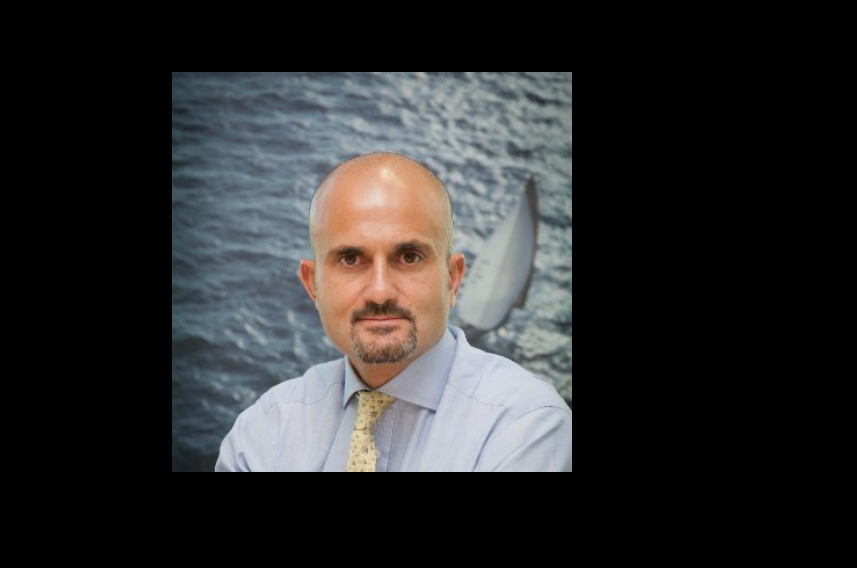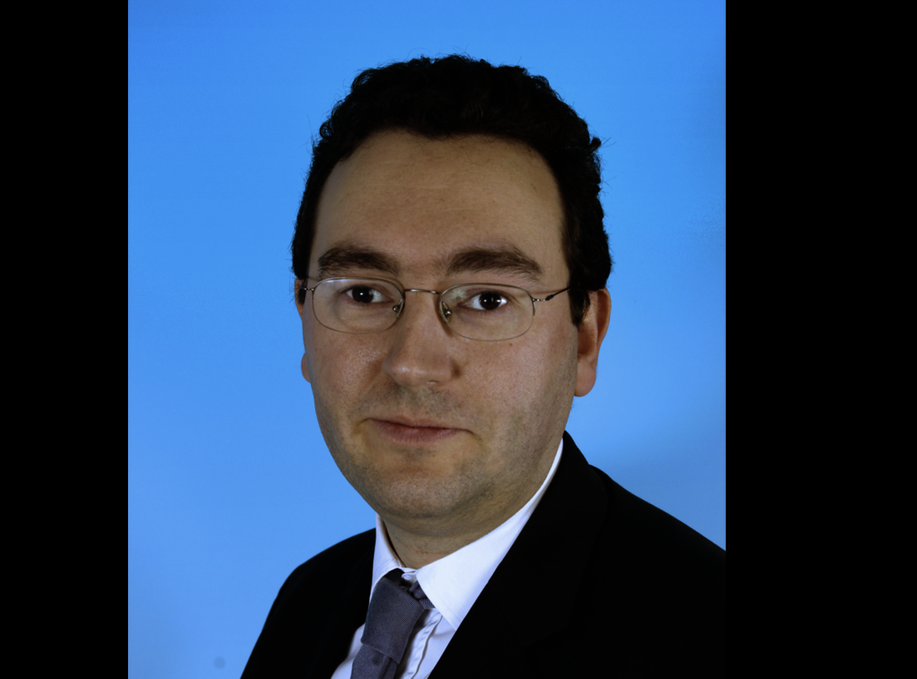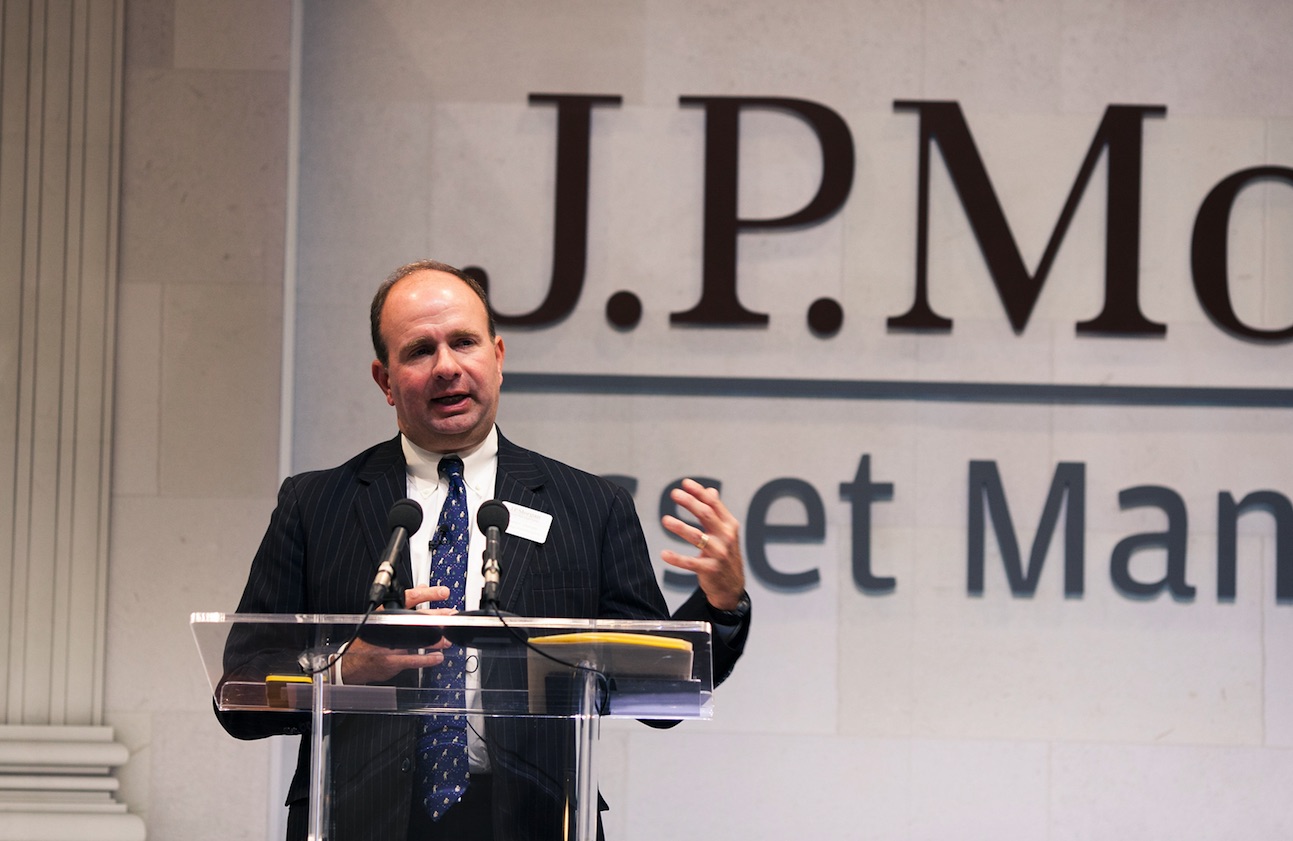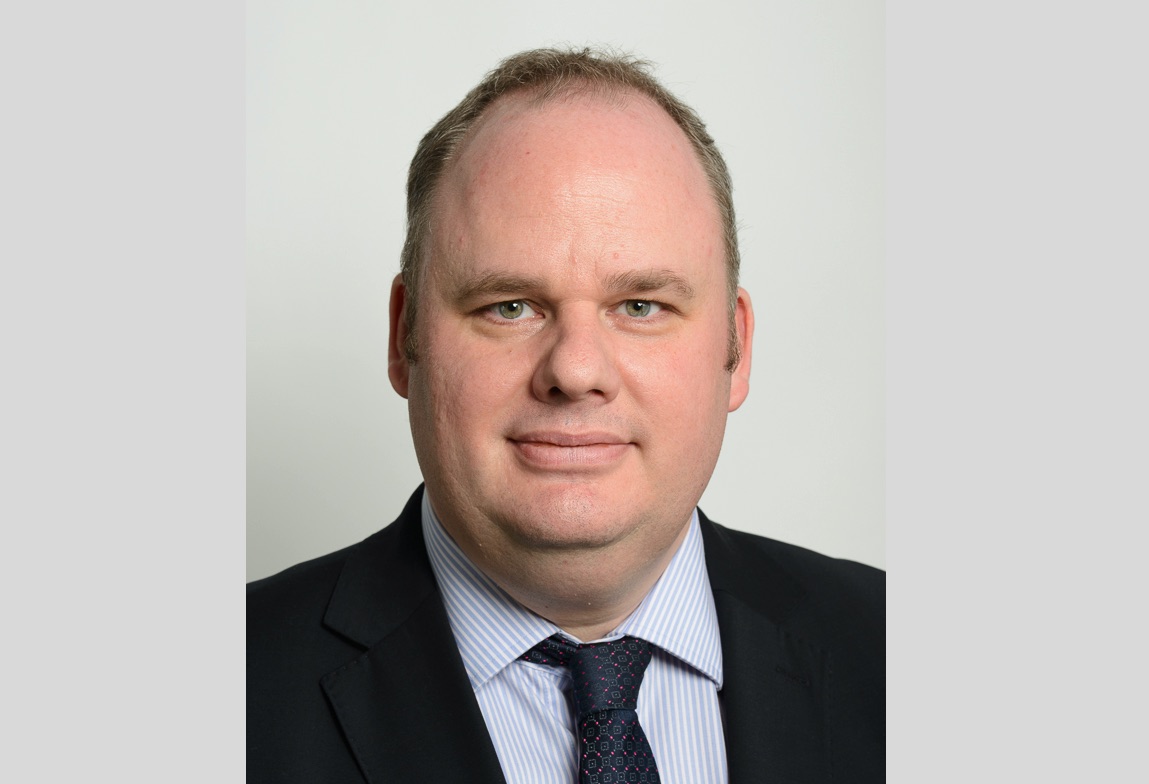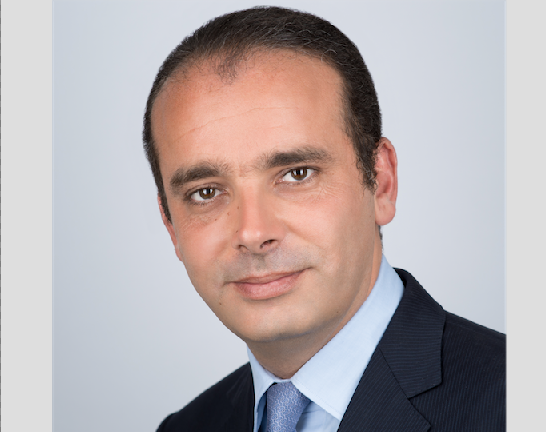Evli: “Investors are Likely to be Better Off With Equities”
| By Alicia Miguel | 0 Comentarios
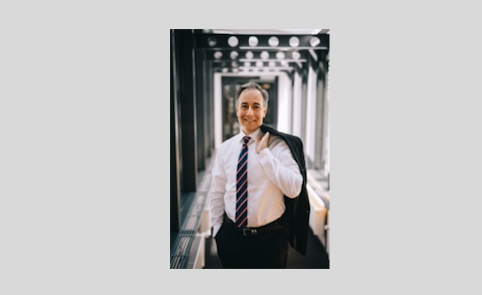
Evli Fund Management Company ended the year 2016 with assets under management (AUM) of EUR 6.4 billion. The inflow was the second largest of all Finnish fund managers in Finland. In addition to growing domestic sales, part of Evli’s strategy is to grow internationally. An increasing part of the inflows is coming from entering new markets. Petter von Bonsdorff, Head of International Business Development at EVLI talked with Funds Society about the company’s plans.
-How is your AM evolving in terms of international clients? Are they increasing in weight or percentage of the total?
A: In our local market we’re the most used institutional AM. However there is an appetite by non – Finnish investors for Evli’s funds. The proportion of non – Finnish institutional investors is something we want to increase. By the end of year 2016, the proportion was 17%, and higher than the year before.
-What are the countries which are experiencing the fastest growth?
A: We’re seeing great interest in most of the European markets where we’re present. This has turned in to most investment decisions in France, Spain and Sweden.
What is your assessment of the time you have been present or selling into Spain?
A: The investors are very demanding and it is clear that only unique strategies with a compelling results are accepted for an initial scrutiny. Also it seems that there is interest and curiosity by fund investors to meet with boutique managers. The investors have appreciated Evli’s rapid, timely and precise service.
-Which are the growth targets for international business this year?
A: To actively interact with investors is what we’re targeting this year. This will very likely turn out as investor interest into the funds we’re promoting.
-What funds are you going to push or back the most as a result of being the ones you consider will benefit more from investors’ appetite?
A: Investors are always looking for good solutions. To offer only what is in vogue at a certain point in time may lead to future unwanted outflows, once a fad has waned. We think that unique strategies are always in demand.
-What kind of markets you’re expecting this year? do you believe it will be a very volatile year?
A: The year 2017 seems to have a lot of possibilities to be a year with similar political events as last year, e. g. elections and new governments around in Europe. This may lead to market volatility. How this can and shall be observed in portfolio management or fund sales business management is another thing.
-Do you think you equities will have more opportunities whereas Fixed Income will face mores risks?
A: Investors are likely to be better off with equities, due to higher risk premiums compared to fixed income.

